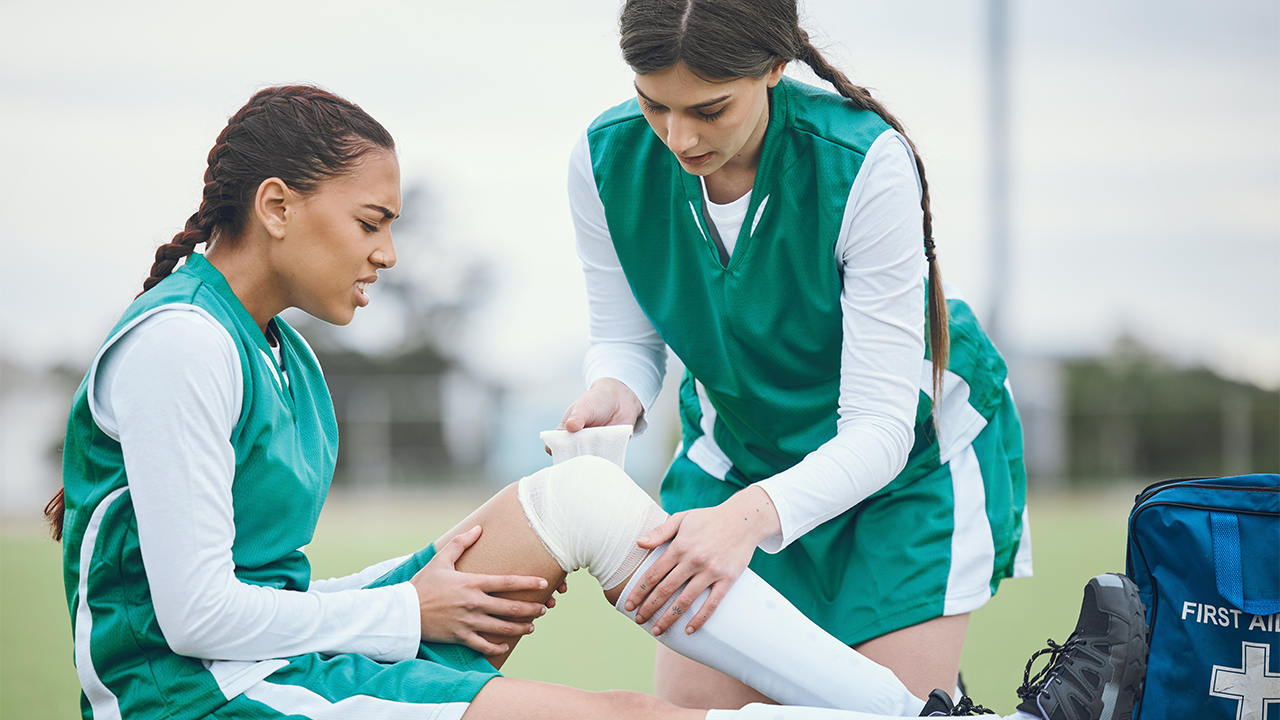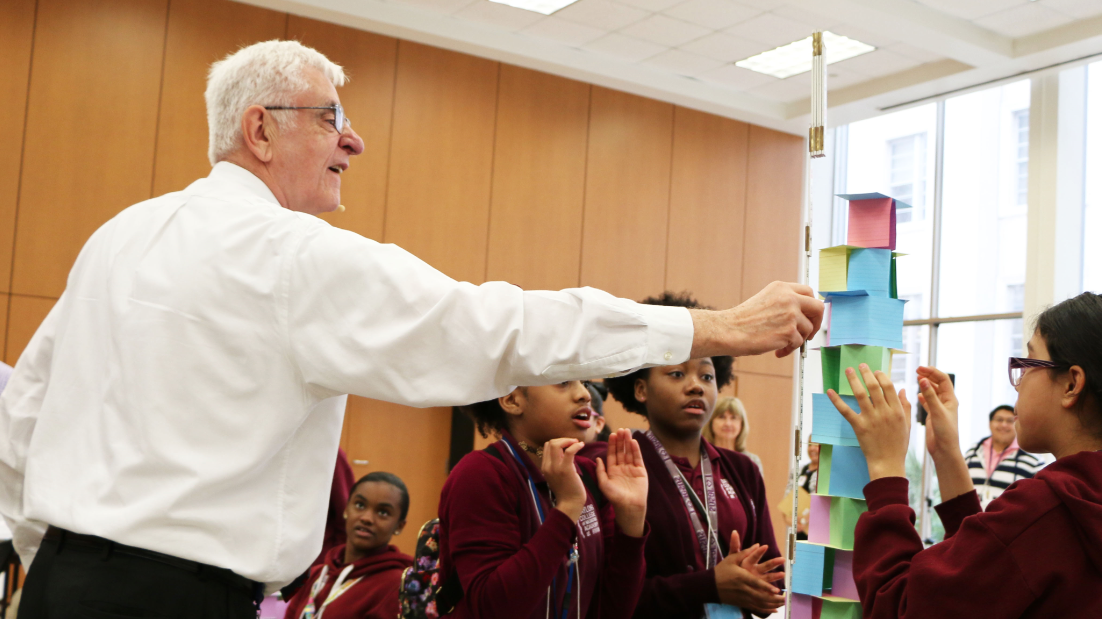Turf and grass burns

Under the Friday night lights, one of the most common athletic injuries lies right beneath the feet of football players – turf and grass burns. A Baylor College of Medicine primary care physician gives advice on treatment and prevention of these worrisome wounds.
“We’ll see a lot of turf and grass burns during football and soccer seasons in high schoolers,” said Dr. Mike Ren, assistant professor of family and community medicine at Baylor. “The way the wound forms is like a burn even though it is not a traditional burn.”
Turf and grass burns are caused by friction between the skin and prickly and abrasive surfaces. They can form on any part of the body and usually happen in sports when athletes get dragged along the field either in tackles or slides. The top layer of the skin will scrape off and in some serious cases will leave the dermis layer of the skin exposed. Compared to smaller scrapes, turf burn will leave a large red patch that often does not bleed.
“The most superficial layer of the skin that is burned off has very small superficial blood vessels that, compared to a cut or deeper wound, will not bleed as much,” Ren said.
Treating turf and grass burns can be done at home and typically does not require much attention. Ren says that once you get a burn, clean the wound with clean water, saline solution or an antiseptic rinse. If dirt or other particles are embedded in the wound, it is best to clean with warm, soapy water. If these are not available, alcohol or hydrogen peroxide can be used, but these options are typically more painful and not entirely necessary.
Once cleaned, the wound should be protected. An antibiotic ointment will prevent dirt and germs from infecting the wound. Some ointments will have pain relieving ingredients that can make the healing process more comfortable. A breathable bandage or piece of gauze should then be placed on the wound and should be kept clean and dry. The antibiotic ointment and bandage can be changed daily.
“These kinds of burns take about two weeks to heal, but if the burn occurs on a part of the body that you use often, like your knee, fingers or toes, then it might take longer because that movement prevents skin from regrowing at its normal rate,” Ren said.
Failure to keep the wound clean may result in a serious infection. If you start experiencing fever, discoloration of the wound, the formation of blisters on the wound, or pus leaking from the wound, then it is possible the burn is infected and requires immediate medical attention.
Turf and grass burns can be prevented with protective athletic gear. Long sleeves and leggings prevent contact between your skin and turf or grass, letting the clothes take the bulk of the friction. Knee pads and elbow pads also help prevent burns on these commonly impacted areas.
By Aaron Nieto



